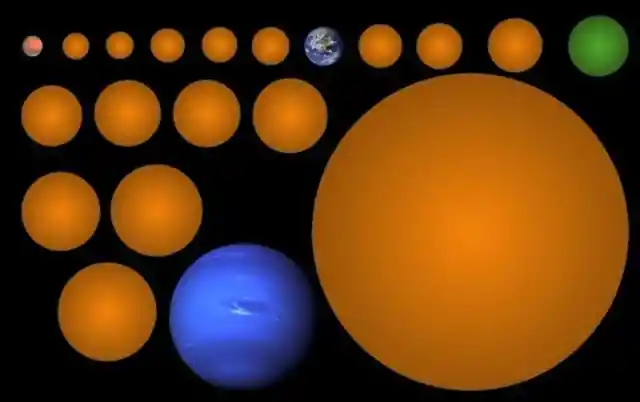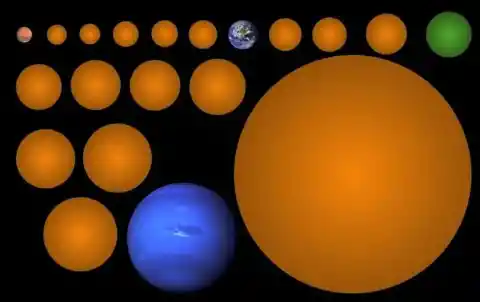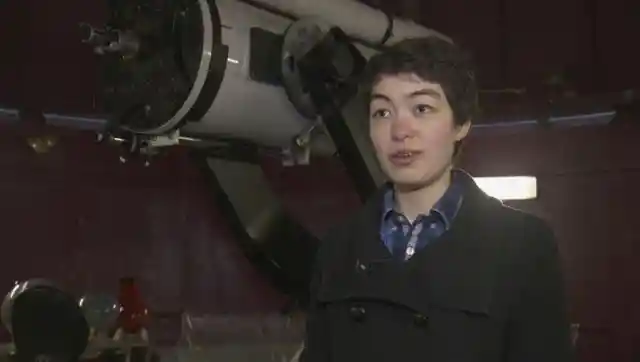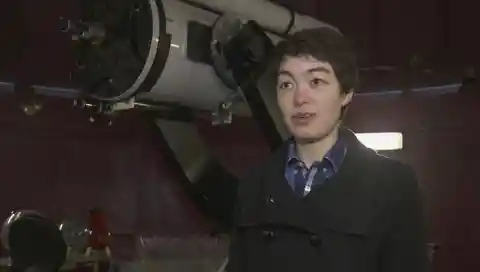While most of our minds are focused on more local matters what with the global pandemic we all now face, space is still ongoing. The exploration into space shows no signs of slowing down, actually, and that’s good news.


We all need something to focus our minds as we prepare for what could be months of hardship and time spent stuck indoors. So, it’ll be good news to any aspiring astrology students that one of their own has just made an incredible breakthrough.
An astrology student was combing through a selection of data that was provided by the NASA Kepler mission. As the student continued to look through data, though, she found a whopping seventeen new planets which were previously not seen before.
Indeed, one of these was actually an Earth-sized planet; a fantastic discovery as we continue to find the concept of finding a habitable planet rare indeed. This planet not only looks to be similar in size, but the initial investigation shows that it could be potentially habitable.
142.5 Days in a Year
The student, who studies at the University of British Columbia, was able to make the discoveries recently when looking through the document. The planet, now named Kunimoto after Michelle Kunimoto, the student, is around 1 ½ times the size of our planet.


It’s small enough to be seen as a rocky planet as opposed to a gas-primary planet, making it one of the most exciting finds in recent times.
Indeed, this makes it one of the most exciting discoveries in some time. This planet would be just one of seven planets that we know of that could be a potentially habitable life zone in the future.
This is one of the fifteen found within the Kepler data so far, though more could still be hanging around out there.
The planet itself seems to have an annual cycle of just 142 ½ days long, making it much shorter per year than it would be on our own planet.
A Bright Star Called Kunimoto
Kunimoto is beginning to make a bit of a name for herself – this isn’t her first discovery of a planet.


Indeed, using the transit method popularised by some, she was able to find a ridiculous 200,000 stars that were observed as part of the mission.
"Every time a planet passes in front of a star, it blocks a portion of that star's light and causes a temporary decrease in the star's brightness. By finding these dips, known as transits, you can start to piece together information about the planet, such as its size and how long it takes to orbit." Kunimoto concluded.
So, for now, this could be one of the most interesting discoveries in science.
While many science fields will be diverting time and energy into projects to do with the 2020 Coronavirus, expect works like the one that Kunimoto was able to produce to continue at the same pace.
No matter what is happening elsewhere, we still thrive on discovery, and discoveries like this are worth the effort.